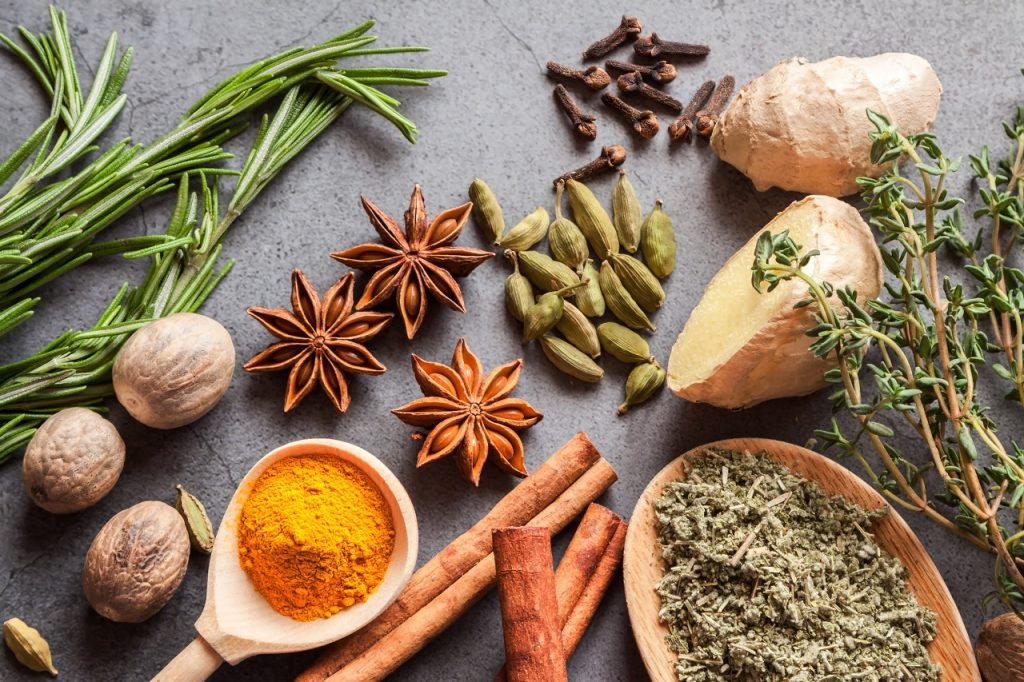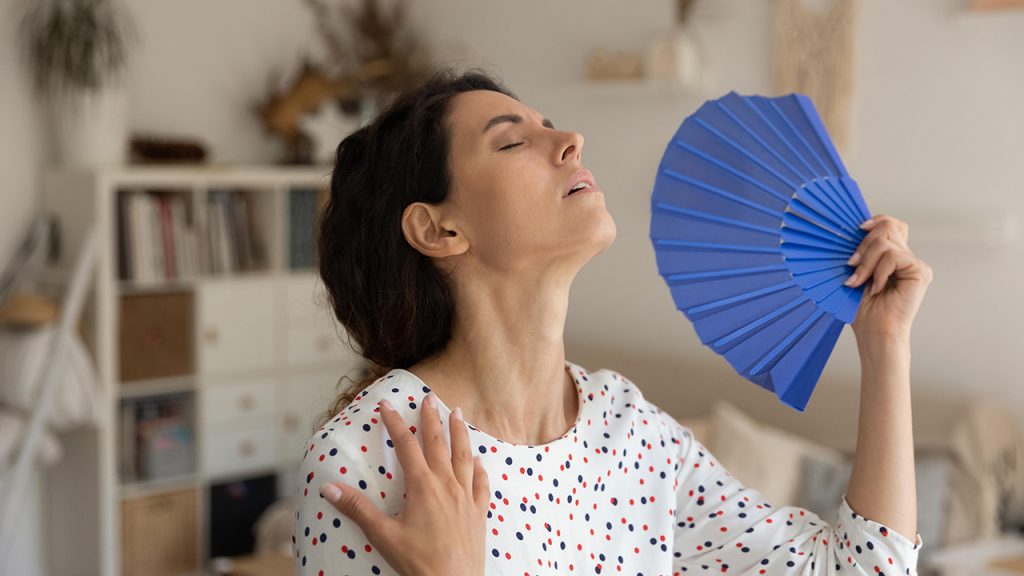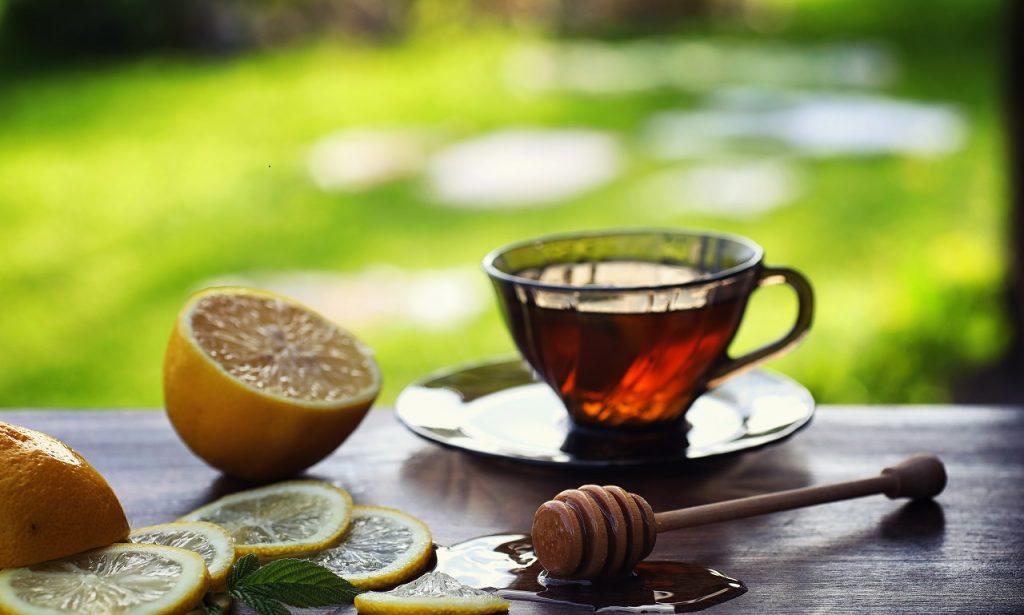 Mumbai has witnessed a significant outbreak with 1,700 cases of Dengue and 267 cases of Chikungunya reported from July to mid-September 2024 as per the Municipal Corporation of Greater Mumbai (BMC’s) health update. BMC attributes this rise to erratic monsoon patterns contributing to increased mosquito breeding.
Mumbai has witnessed a significant outbreak with 1,700 cases of Dengue and 267 cases of Chikungunya reported from July to mid-September 2024 as per the Municipal Corporation of Greater Mumbai (BMC’s) health update. BMC attributes this rise to erratic monsoon patterns contributing to increased mosquito breeding.
Global and Environmental Factors
The World Health Organization highlights that factors such as global travel, unplanned urbanization, and climate change significantly influence the spread of these vector-borne diseases.
The Culprit: Aedes Aegypti Mosquito
Both Dengue and Chikungunya are transmitted by the Aedes aegypti mosquito. This mosquito is most active during daylight hours, particularly around sunrise and sunset, increasing the risk of bites during these times.
Symptoms and Diagnosis
Chikungunya symptoms include:
- High fever (101-105°F)
- Severe joint pain
- Additional symptoms may include chills, headache, nausea, and rash.
Dengue shares similar initial symptoms with Chikungunya, such as high fever and severe pain, but can also lead to:
- Hemorrhagic manifestations
- Severe abdominal pain
- Persistent vomiting
Blood tests are essential for diagnosing these diseases, with specific tests available for each.
Treatment Guidelines: (Consult the Doctor and do not administer medicines on your own)
Treatment primarily involves managing symptoms:
- Fever and Pain: Paracetamol is recommended; Nonsteroidal anti-inflammatory drugs (NSAIDs) can be used carefully to manage joint pain.
- Hydration: At least 3 liters of water per day to counter dehydration.
- Severe Cases: Hospitalization may be necessary for severe Dengue symptoms, including low platelet count and significant blood pressure drops.
Preventive Measures
Preventing mosquito bites is crucial:
- Wear long-sleeved shirts and trousers.
- Use mosquito repellent and nets.
- Avoid water stagnation, which is a breeding ground for mosquitoes.
Community Action
Proper disposal of waste like plastic bottles and ensuring no water is pooled in places such as plant trays or coolers is essential. Covering water containers can prevent mosquito breeding.
As Mumbai battles these health crises, timely community engagement and adherence to health advisories will play a pivotal role in controlling the spread. Awareness, prevention, and timely medical intervention are key to managing Dengue and Chikungunya effectively.
#BeTheForce
 Your food choices matter a lot when you’re facing Diabetes. While it is difficult to find foods which prevent diabetes complications like heart disease, kidney disease, spiking blood sugar levels, etc. there are some foods for diabetics which can help reduce carbohydrate intake, which in turn keeps blood sugar in check. Let’s take a look at these foods for diabetes.
Your food choices matter a lot when you’re facing Diabetes. While it is difficult to find foods which prevent diabetes complications like heart disease, kidney disease, spiking blood sugar levels, etc. there are some foods for diabetics which can help reduce carbohydrate intake, which in turn keeps blood sugar in check. Let’s take a look at these foods for diabetes. 
 With the increasing pollution levels, exposure to chemicals, and the unpleasant viral infections & flu, it’s no surprise if you’re searching for home remedies for dry cough. A dry cough is a nonproductive cough that doesn’t produce phlegm or mucus and is generally caused by viral infections and allergies. It is crucial to consult a doctor to find the underlying cause of cough. Along with prescribed medications and treatment, you can also try a couple of home remedies to find relief.
With the increasing pollution levels, exposure to chemicals, and the unpleasant viral infections & flu, it’s no surprise if you’re searching for home remedies for dry cough. A dry cough is a nonproductive cough that doesn’t produce phlegm or mucus and is generally caused by viral infections and allergies. It is crucial to consult a doctor to find the underlying cause of cough. Along with prescribed medications and treatment, you can also try a couple of home remedies to find relief.


